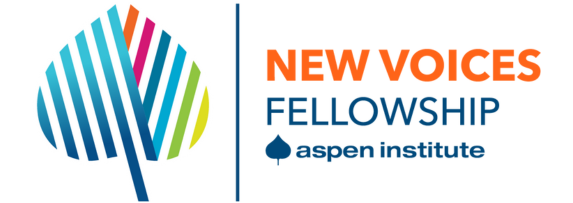Recently, Narendra Modi, the prime minister of India, urged scientists to share their problem-solving innovations with the public in more accessible ways, including by using vernacular languages. This kind of openness and accessibility is important and needed. While most scientists publish their work in academic journals, only 10 people, on average, read a given article in its entirety; so clearly, the general public is not being reached that way.
Translating complicated concepts that are jargon-heavy into terms and ideas the public can understand is not always easy. But, increasingly, scientists, university and research institutions, government institutions and others are trying to find ways to do it. Professional societies like the American Association for the Advancement of Science and Entomological Society of America offer a wide array of tools and programs like science communication courses and science policy fellowships to help scientists with dissemination. The National Academy of Sciences even recently released a report, “Communicating Science Effectively: A Research Agenda,” to help scientists effectively communicate their research. An example of an international effort is the Imagine Project initiative, through which scientists take their research out of the laboratory and share it with rural and indigenous communities in Africa and Latin America.

